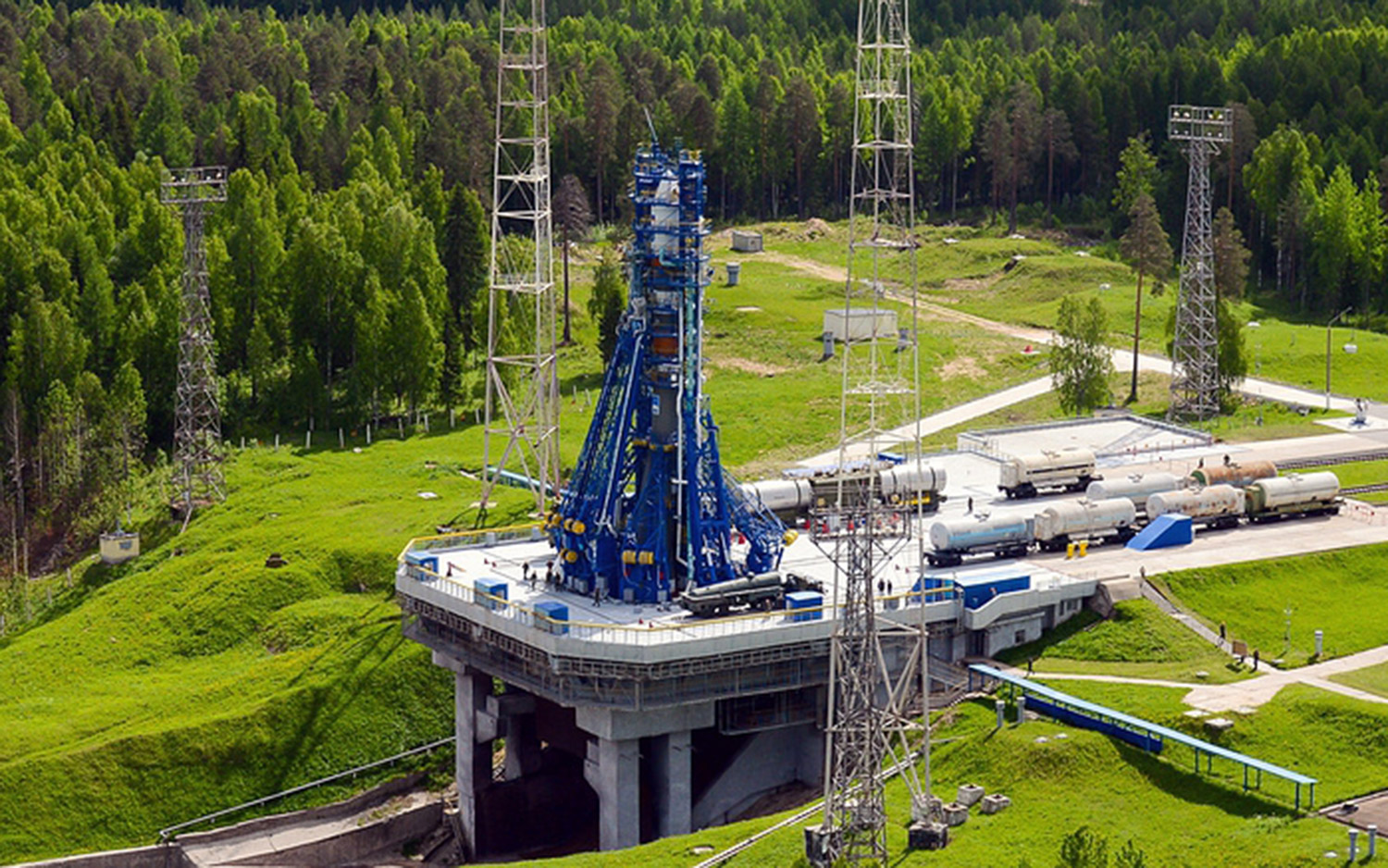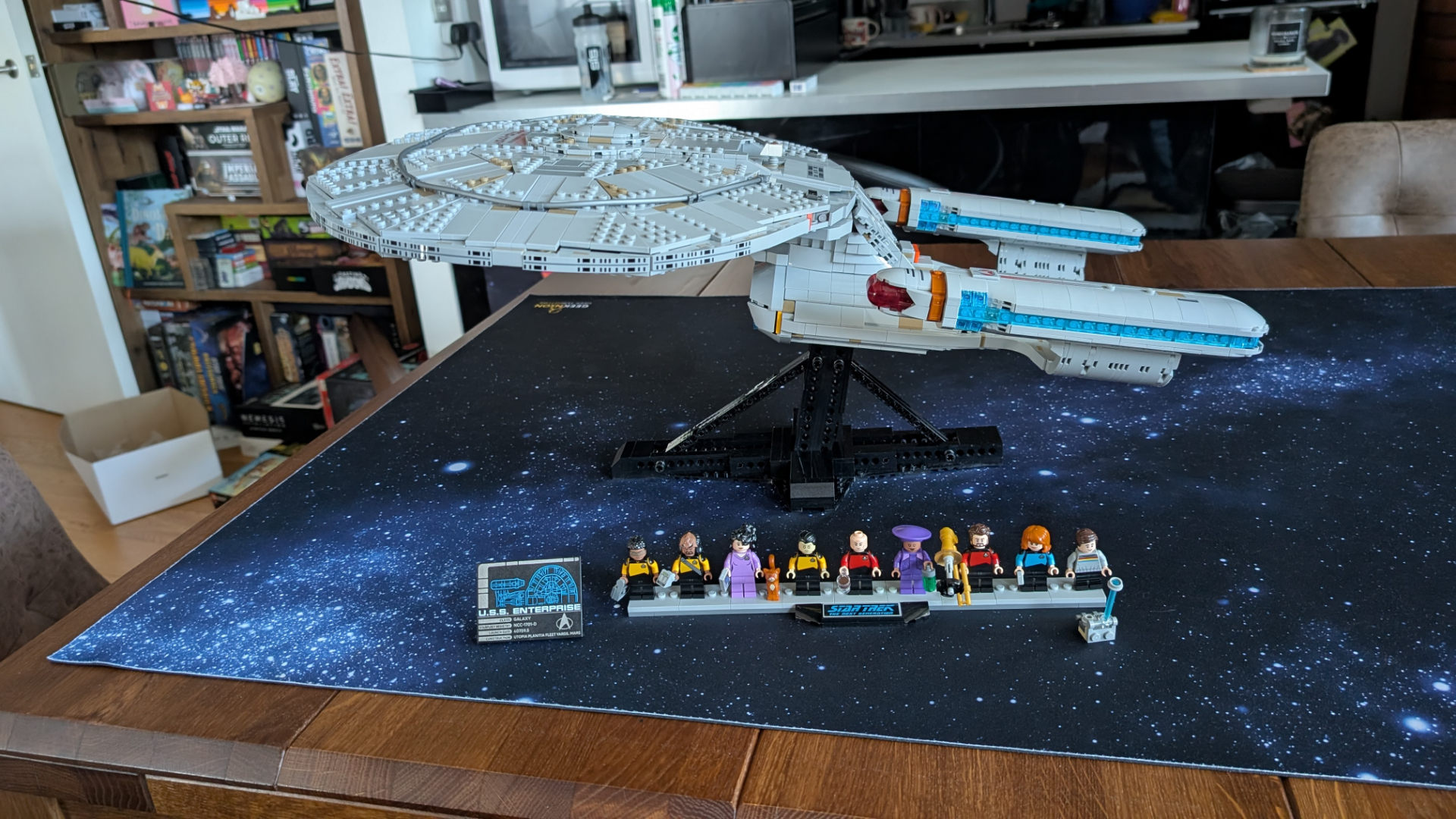Russia has launched an anti-satellite missile test, US Space Command says
"Russia has made space a warfighting domain," Space Command says.

Russia has launched a new anti-satellite missile test in its latest push to weaponize space, U.S. Space Command officials said Wednesday (Dec. 16).
In its third anti-satellite test this year, Russia launched a direct-ascent anti-satellite (DA-ASAT) missile, which can destroy small satellites in low Earth orbit. When a satellite is struck by a DA-ASAT missile, the field of debris left behind could pose a threat to other satellites "and irrevocably pollute the space domain," the U.S. Space Command (USSC) said in a statement.
A USSC spokesperson told Space.com that the test occurred on Tuesday (Dec. 15) in U.S. time zones, which was Dec. 16 local time in Russia. The spokesperson was unable to provide the exact time of the launch or details about the missile's target in space.
"Russia publicly claims it is working to prevent the transformation of outer space into a battlefield, yet at the same time Moscow continues to weaponize space by developing and fielding on-orbit and ground-based capabilities that seek to exploit U.S. reliance on space-based systems," U.S. Army Gen. James Dickinson, commander of the USSC, said in the statement. "Russia's persistent testing of these systems demonstrates threats to U.S. and allied space systems are rapidly advancing."
Related: The most dangerous space weapons ever
Russia has now demonstrated two different types of space weapons: DA-ASAT missiles, which launch from the ground, and a space-based system the USSC refers to as a "co-orbital ASAT." Russia's previous anti-satellite test on July 15 was the latter type of mission, during which Russia's Cosmos 2543 satellite "injected a new object into orbit" and "conducted a non-destructive test" of an anti-satellite weapon, USSC officials said.
The last time Russia launched a DA-ASAT missile like the one that just happened was on April 15. This came about two months after the U.S. Space Force began tracking two Russian satellites that were stalking a U.S. spy satellite in orbit — a behavior that Space Force commander Gen. John "Jay" Raymond described as "unusual and disturbing" at the time. One of those satellites was Cosmos 2543, the same satellite used for the July 15 co-orbital test.
Breaking space news, the latest updates on rocket launches, skywatching events and more!
Related: Don't panic about Russia's recent anti-satellite test, experts say
"Russia has made space a warfighting domain by testing space-based and ground-based weapons intended to target and destroy satellites," Dickinson said. "This fact is inconsistent with Moscow's public claims that Russia seeks to prevent conflict in space. Space is critical to all nations. It is a shared interest to create the conditions for a safe, stable, and operationally sustainable space environment."
Email Hanneke Weitering at hweitering@space.com or follow her on Twitter @hannekescience. Follow us on Twitter @Spacedotcom and on Facebook.

Hanneke Weitering is a multimedia journalist in the Pacific Northwest reporting on the future of aviation at FutureFlight.aero and Aviation International News and was previously the Editor for Spaceflight and Astronomy news here at Space.com. As an editor with over 10 years of experience in science journalism she has previously written for Scholastic Classroom Magazines, MedPage Today and The Joint Institute for Computational Sciences at Oak Ridge National Laboratory. After studying physics at the University of Tennessee in her hometown of Knoxville, she earned her graduate degree in Science, Health and Environmental Reporting (SHERP) from New York University. Hanneke joined the Space.com team in 2016 as a staff writer and producer, covering topics including spaceflight and astronomy. She currently lives in Seattle, home of the Space Needle, with her cat and two snakes. In her spare time, Hanneke enjoys exploring the Rocky Mountains, basking in nature and looking for dark skies to gaze at the cosmos.
